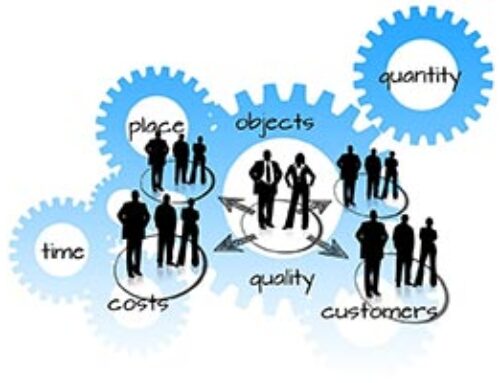 ……This Week in HealthCare
……This Week in HealthCare
By Fred Binczewski | MHA fredb@uprisecg.com
September 7, 2020
Patient Registration –Patient Access – Going Forward
I direct my question this week in particular to the healthcare industry and all its entities that in almost any circumstance requires the process of registering a patient, I find myself humbled by the extraordinary effort and importance, critically and culturally for all
registration staffing in healthcare organizations. It is by far, from years of personal observation, analysis, project improvement and instituting forward sustainability one of the least understood but critically important processes to the overall healthy patient encounter cycle. This in turn promotes a solid foundational characteristic for a successful revenue cycle.
The act of registration in the patient cycle has taken dramatic changes in the last few decades. Gone are the days of hand written cards resembling your grandmother’s recipe file cabinet for fruit cake, and then updating the card for each subsequent patient visit on the front and then the back of the card. Years later, we then welcomed entering patient registration information into a computer terminal hoping to enter the correct registration data information into the right data entry fields. It was not always easy to accomplish. Now, in the present state, we have shifted from patient registration intuitiveness for provider visits into a patient access environment where patients rightfully want to know everything about their visits to provider organizations for their healthcare requirements.
Also called Front End, Patient Access Representative staffing in this area is responsible for not only maintaining accurate demographic information, but continuously confirming and verifying insurance at each visit, preparing admission and discharge documentation, confirming authorizations for services, explaining policies, procedures and required documents such as the ABN Medicare form, and handling patient queries, concerns, and complaints. This required accurate information is then readily available for all physicians and nurses to reference downstream. Finally, they act as a cashier handling monetary co-pay and deductible transactions to make sure that the patient understands what insurance will pay and what the patient’s responsibility is at the time of registration.
Patient Access staffing has a direct line to each and every department in a healthcare environment. In many cases, they are in the hot seat and receive some of the blame for inaccurate information. Through many observations, departments downstream have as much responsibility to the
patient cycle as does Patient Access. Errors are made but must be minimized across the entire global patient cycle. One of the ways that brought continuous improvement to several healthcare organizations in this regard was to institute a Student Exchange Program, (SEP), through several of the departments. Those have included Patient Access, Patient Financial Services, ER triage at time of registration, Case Management, Scheduling and Authorizations. The SEP program as an improvement process brings staff from one department to another for usually a 4 hour observation of duties and responsibilities once every several months. It also brings team members together that normally do not talk to one another on a regular basis. This interaction and sharing of informational responsibility strikes a new chord in alleviating erroneous information being transferred from one department to another, and also corrects bad work habits that may go unnoticed. Through several case studies for this specific process improvement, we have found a 50 to 80% improvement of data now accurate downstream from the time of registration. With changes in personnel, attrition and other transfers to other work areas, the SEP program can instill a more cohesive work environment for all.
Many of us as patients have experienced long wait times in hospital and clinic registration lobbies and for ER visits. Covid -19 has changed the outlook on long lines and the not knowing how long it will be before I will be seen by a provider. With TeleHealth and healthcare organizational web sites readily available, we can now set appointments at home, securely enter some of our demographic information and state what our reason for services is today and then follow-up with a visit on line with our provider. This will make the patient access encounter much less stressful and deliberate. We can now go to our insurance web sites and inquire regarding specific physical ailments and what our approximate costs will be.
In closing, we all as patients expect only the best service and care when it comes to our health and families. Patient Access staffing expects the same and only has the desire to record the most accurate patient information and to provide us with a seamless registration process. Next time you are in front of a PA Representative, give them thumbs up! Stay safe and diligent.
See you all next time in…….This Week in HealthCare
To learn more about how we can help you with the Student Exchange Program please send us a message at the following: fredb@uprisecg.com
Uprise Consulting Group, Inc., Eliminating Denials Today, Tomorrow and into the Future.
Together, We are paving a road for the Best Patient Experience. Visit us on LinkedIn.





